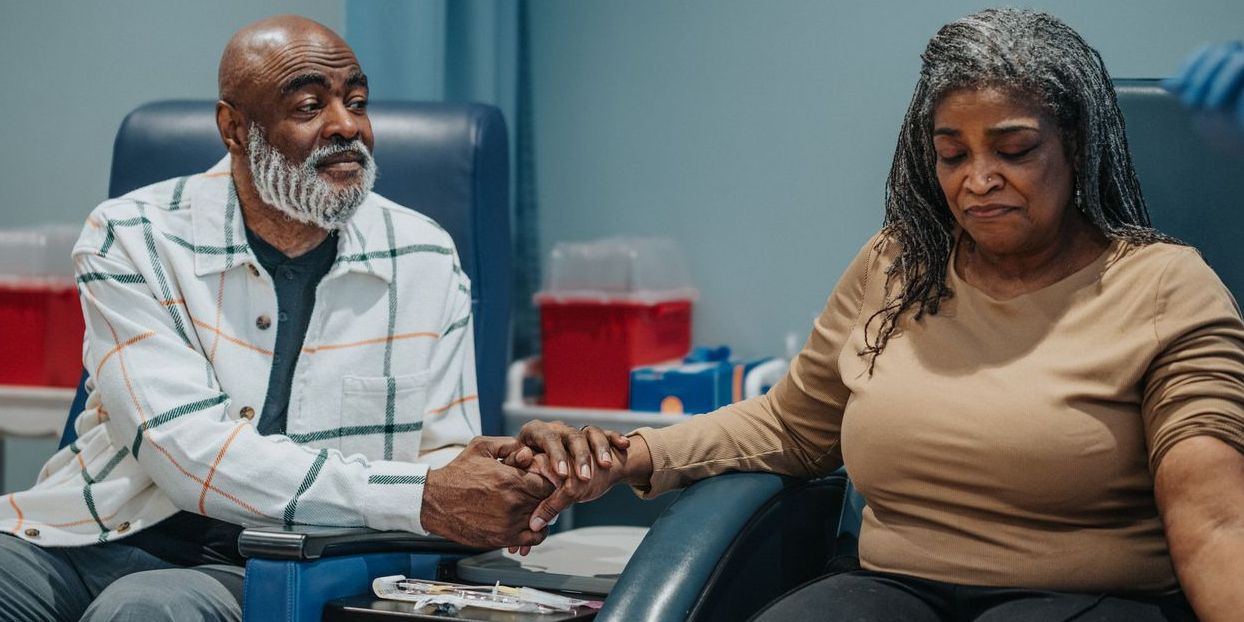The following is a summary of “Detection and resection of carcinoma in situ of the bladder: Implications for clinical trial design,” published in the May 2023 issue of the Urologic Oncology by Roumiguié et al.
The path to approval of novel therapeutics for patients with BCG-unresponsive non-muscle-invasive bladder cancer (NMIBC) necessitates efficacy in eradicating carcinoma in situ (CIS), as determined by cytology, white light cystoscopy, and occasionally mandatory re-biopsy. This paradigm is founded on the premise that, unlike papillary tumors, CIS cannot be thoroughly excised. Researchers intended to determine the accuracy of CIS by conventional means and the efficacy of transurethral bladder tumor resection (TURBT) in eradicating CIS.
They performed a retrospective analysis of consecutive patients who underwent radical cystectomy (RC) for high-risk nonmuscle-invasive bladder cancer (NMIBC) or muscle-invasive bladder cancer (MIBC) at a tertiary academic center between 2005 and 2019—calculated the concordance between the presence of CIS in matched TURBT and RC samples. Complete pathologic information was available for 816 urothelial carcinoma patients. CIS was detected at TURBT in 354 (43.4%; 64.0% NMIBC, 32.3% MIBC) patients and at RC in 436 (53.4%; 64.7% NMIBC, 47.3% MIBC) patients. In 199 (45.6%) cases, CIS was missed by TURBT (NMIBC 25.4%, MIBC 60.0%). In 33.1% (117/354) of patients, CIS detected by TURBT was absent from the RC specimen. The absence of prospective bladder mapping and an evaluation of central pathology are limitations.
Their findings indicate that TURBT is ineffective at detecting CIS. The absence of CIS in the RC specimen after its detection in the matched TURBT specimen suggests that in many patients, CIS may be wholly respected by TURBT. These factors must be considered when designing clinical trials for patients with NMIBC. Random biopsies or enhanced cystoscopy could increase the accuracy of CIS detection. Still, the former is associated with patient morbidity, and randomization would alleviate concerns about these variables influencing the outcomes of clinical trials.
Source: sciencedirect.com/science/article/abs/pii/S1078143922004318













Create Post
Twitter/X Preview
Logout